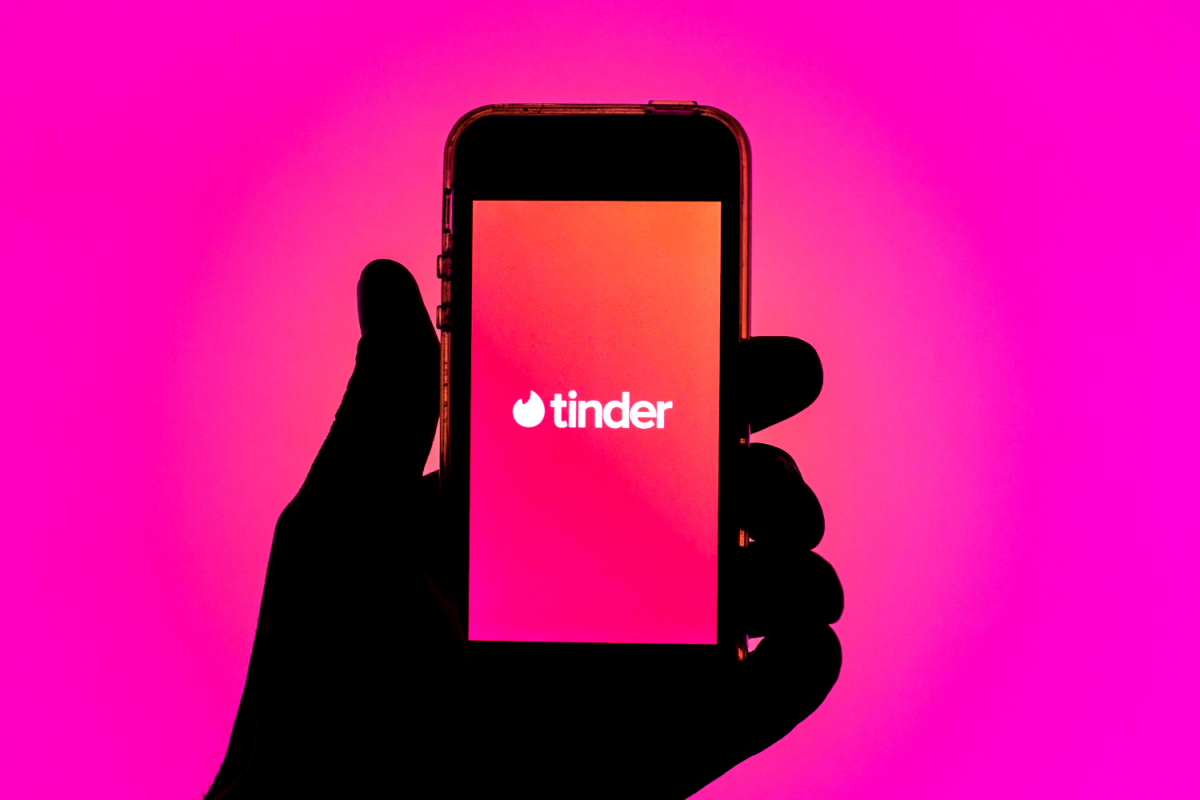The Effect of Tinder on Age Groups

Tinder's
impact may differ according to users' age groups and life stages. If we look at
young adults, users in this age group often use Tinder to start new
relationships or flirt. The app provides the opportunity to make social
connections during college or young adulthood. Superficial approaches and
excitement can shape the experience of this age group. Young midlife users in
this age range may tend to seek serious relationships or long-term bonds. A career-oriented
and more mature perspective often characterizes this period. This midlife age
group may seek relationships based on previous experience. Seriousness,
reliability, and life values may become more important. Users in this age range
of advanced middle age may be seeking relationships again due to life changes
such as divorce or growing up of children. For older users, Tinder can offer
the opportunity to rediscover social interaction and romantic relationships.
People in this age group can generally use the app with more life experience
and certain expectations.
Tinder's
Social Effects
Tinder
can have a variety of social effects on society and human relationships. Apps
like Tinder allow people to connect with people from different backgrounds, lifestyles,
and cultures. This can increase societal diversity. Tinder and similar apps can
influence perceptions of relationships and dating dynamics. Quick matches and
superficial likes can cause relationships to start quickly. The application
allows the development of communication skills on digital platforms. However,
this can also bring some difficulties in face-to-face communication. Apps like
Tinder can change societal norms and relationship expectations. More options
and quick matches can bring a different perspective to relationship dynamics.
Apps require users to think about how to present and represent themselves. This
can lead to reflection and change in digital self-presentation. Tinder's impact
on age groups and societal dynamics is complex and multifaceted. These effects
may differ from individual to individual and are also linked to users'
intentions and expectations.